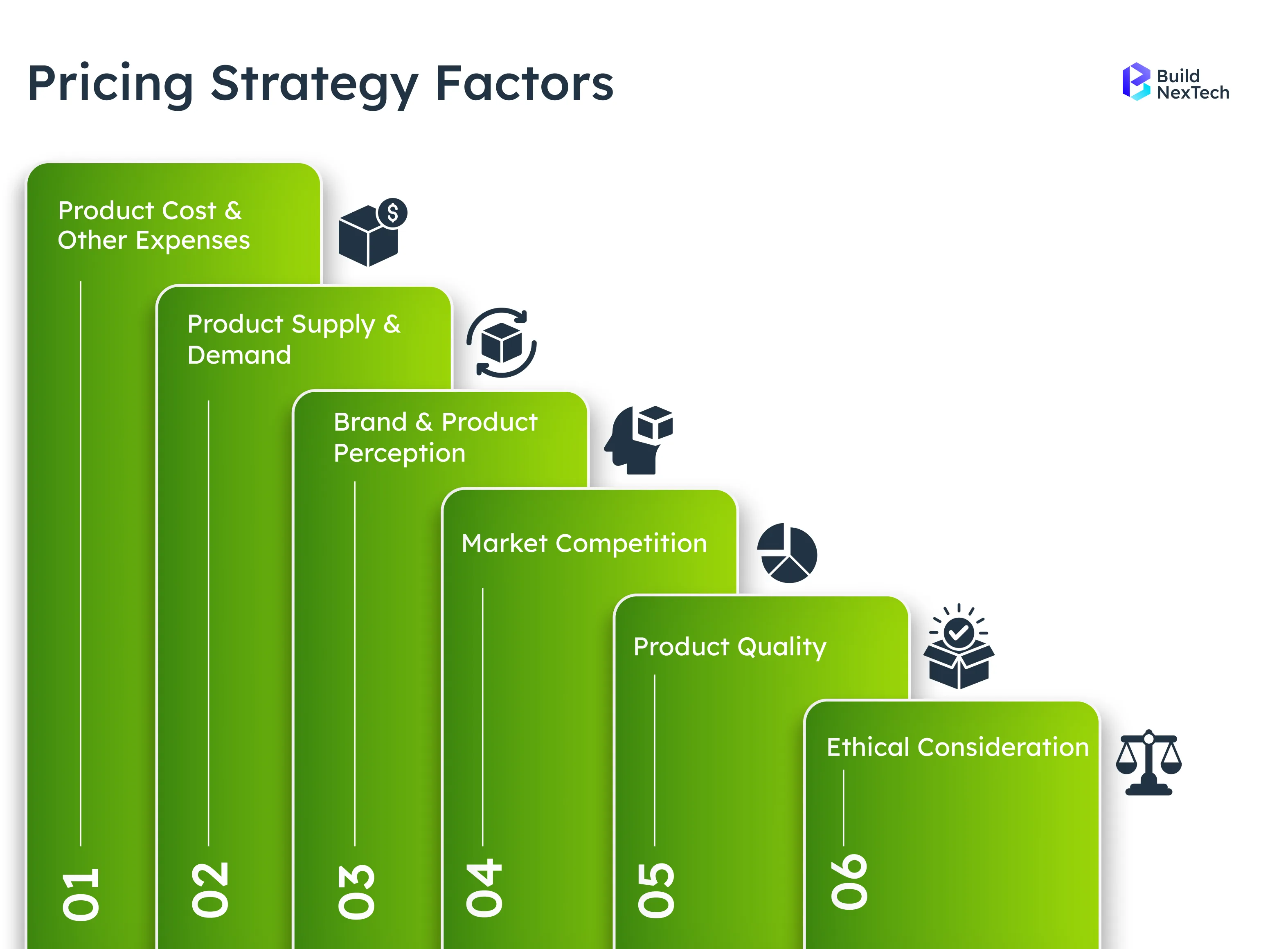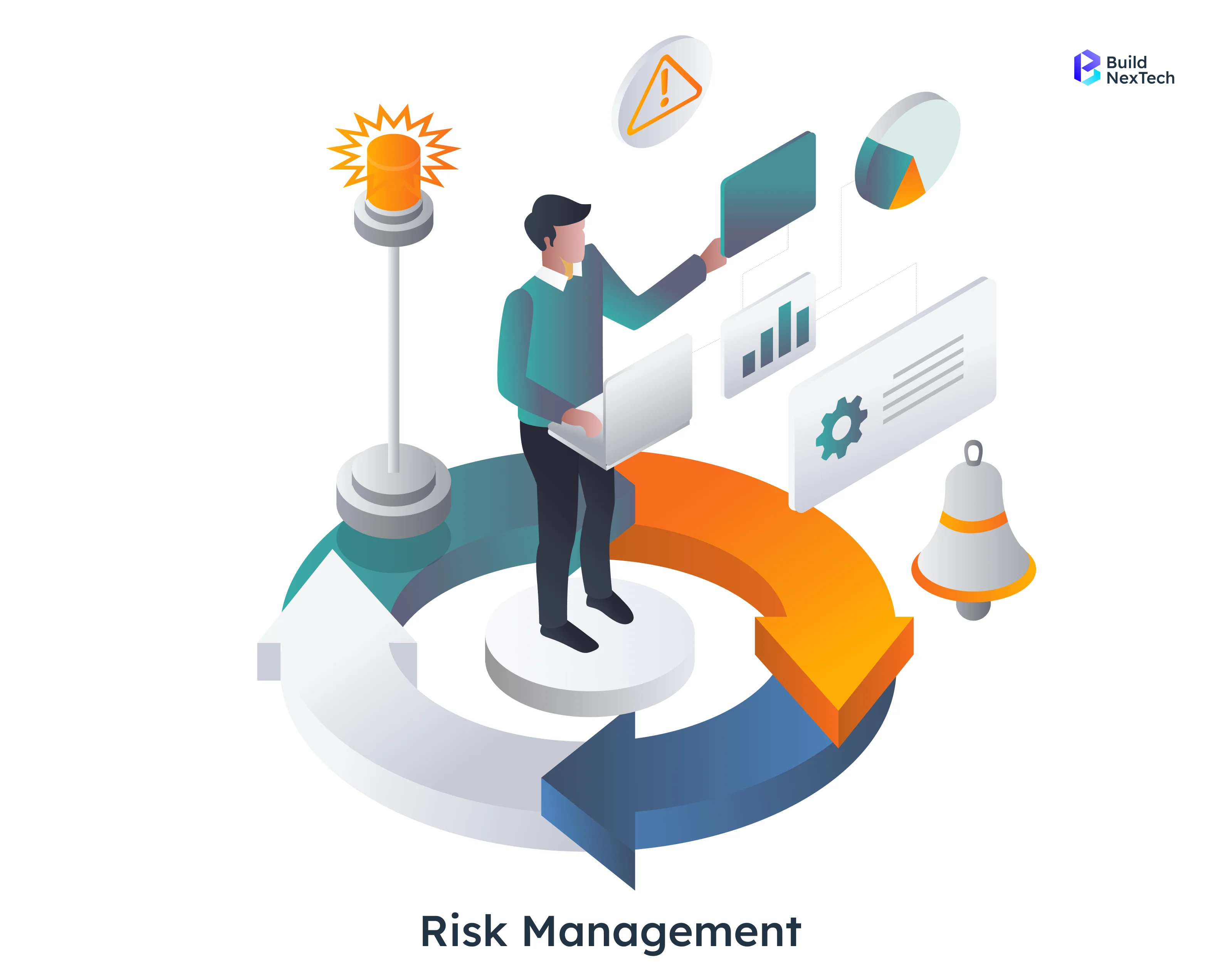Introduction to Web Development
In today's digital-first era, a strong web presence is essential for every business. Companies across sectors need web development intro services to ensure seamless user experiences across desktops, tablets, and mobile devices. Good web development ensures all digital tools—like websites, CRMs, or SaaS website development pricing plans—function efficiently and meet customer expectations.
Choosing the right pricing strategy is equally vital. Poor decisions can cause overspending, missed timelines, or reduced quality, leading to lost revenue and market share. Partnering with a web development agency or using web development services involves considering factors like financial risk and customer segments. Software licenses, actual usage, active users, and premium features all shape cost structure and delivery.
Web development covers building websites and web apps for all platforms, divided into:
- Frontend development – Focuses on UI, design quality, and usability.
- Backend development – Manages servers, databases, and integrations for scalability and security.
Agile Software Development keeps teams flexible, delivers work in steps, and adapts to change, enhancing cognitive development. A website development agency leverages Agile methods to manage third-party services, estimate costs accurately, and maintain transparency with business goals.
Web Development Frameworks
Web development frameworks play a crucial role in determining project cost and efficiency. Selecting the right framework helps optimise development time, manage resources effectively, and align with the chosen pricing model.
Popular Web Development Frameworks
Frameworks offer a structured basis for developing digital solutions efficiently and affect the scope, speed and costs of a project.
- React: Perfect for enterprise-scale applications that require real-time, multi-user updates.
- Angular: Best for scalable, enterprise-grade applications that prioritise strong architecture.
- Django: Ideal for secure, high-speed backend, and excellent for customer data management.
- Laravel & Vue.js: Awesome for full-stack, high-performance applications that make the most of a flexible architecture.
Choosing the right framework ensures project transparency, quality, and cost efficiency. For an app development company, the framework choice impacts timelines, budgets, and the overall value delivered to clients.
Agile Software Development Project Management
Agile Software Development Project Management helps teams stay flexible, deliver work in iterations, and adapt to changing requirements. This approach supports accurate cost estimation, efficient resource use, and alignment with the chosen pricing model.
Agile Principles in Web Projects
The Agile method focuses on repeating work in steps. It involves regular client feedback and flexible planning, allowing teams to plan, manage, and refine evolving requirements effectively.
Key agile tools used for any web project include Jira and Trello. These track sprints, milestones, project roadmaps, and fees for change requests. Applying Agile best practices will allow teams to break down larger projects into smaller tasks, align milestone-based fees with deliverables, and create transparency in the workflow for clients.
Agile techniques can reduce risk and improve software quality, delivering digital products that meet customer expectations and retain value. An ecommerce development agency also benefits from monitoring new features, user activity, and platform access to manage financial risks and track revenue effectively.
Pricing Strategies in Web Development
Effective pricing strategies in web development help balance quality, and budget. Choosing the right strategy ensures transparent costs, manages financial risks, and aligns development efforts with business goals.

Overview of Pricing Strategies
Good pricing strategies balance making money and keeping customers happy. There are four main pricing approaches:
Fixed price pricing model: Pricing is established at an agreed amount for a clearly defined project, often referred to as a fixed income price. This model provides limited flexibility and is most useful for small or anticipated projects.
Time and material:Pricing is based on hours and resources actually used by a customer. This approach is flexible and typically employed for complex projects where requirements may adapt or change.
Value based pricing: Pricing is derived from the measurable business outcomes or return on the investment a customer received, aligning closely with value based care delivery principles. This model creates effective incentives between the customer and developer.
Subscription pricing:A recurring fee is paid by the customer, typical in customer-facing SaaS, allowing continuous access to a product or service.
Firm fee basis: A fixed recurring fee is charged for guarantees and for ongoing maintenance or longer partnership agreements.
The best model will depend on the complexity of features, managing financial risk, and available customer segments. Pricing strategies also shape revenue models, supporting your business model and ensuring predictable growth.
Pricing Models for Products
Businesses often evaluate software pricing models based on customer segments, actual usage, and premium features. Popular approaches include:
- Tiered pricing: Different price levels for varying service plans, offering flexibility for enterprise companies and startups.
- Freemium Pricing Model: Basic features are free, while premium features require payment.
- Usage-based charges: Fees based on actual usage, providing scalability and cost efficiency.
- Feature-based pricing model: Costs determined by the number or complexity of premium features used.
- Flat rate model: Fixed monthly or yearly subscription for ongoing services or support.
Enterprise companies often combine subscription and tiered pricing, considering active users and active agents. Tools like Easy Digital Downloads help manage pricing tiers, monitor actual usage, and track revenue efficiently.
Value-Based Pricing Model
Value-based pricing focuses on outcomes rather than hours worked. For instance, a CRM that reduces customer response time justifies higher fees because it delivers measurable business benefits. This approach aligns financial risk between clients and developers and encourages investment in premium features that enhance product value.
Value-Based Care Delivery Model
Value-based care emphasizes long-term ROI. In web development, premium features that boost engagement, sales, or customer happiness can be priced higher. Developers monitor active users, feature adoption, and customer response to assess value and optimise future improvements.
CRM Pricing Model
CRM projects often use subscription pricing combined with tiered plans, based on actual usage and the number of active users. Flat rate contracts cover ongoing maintenance. Watching customer interactions helps keep revenue steady and the platform able to grow
Time & Material vs Fixed Price Models
Time & Material vs Fixed Price Models: Choosing between fixed price vs time and material depends on project scope and flexibility. Fixed price suits well-defined projects, while time and material allows adjustments as requirements evolve.
Complex, evolving projects
Hybrid approaches combine both models for complex solutions, using milestone-based pricing for specific deliverables and flat rate plans for ongoing support. This structure ensures shared responsibility and risk management between clients and vendors.
Project Scope and Management
Establishing a robust management framework ensures that web development initiatives remain on schedule, mitigate the risk of scope creep, and optimize resource allocation. Such rigor also facilitates effective project planning and execution.
Project Scope Definition
Clearly defined deliverables, timelines, and constraints prevent scope creep, manage change request fees, and protect budgets. For big companies, SaaS offerings, and large digital products, this clarity helps keep operations transparent and accountable.
How to Scope a Project
Steps to define project scope include:
- Identify expected deliverables (websites, digital products, CRMs)
- Define customer segments and tiered pricing options.
- Determine feature complexity, including premium features and integrations with the best inventory management software.
- Plan milestones and allocate resources efficiently.
Clear scoping supports time and materials, fixed price, and milestone-based approaches, enabling smooth financial risk management and high-quality software delivery.
Project Scope Documents
Documents outlining requirements, deliverables, and milestones support roadmap planning, financial risk management, and reduce change request fees. They are crucial for businesses to align costs, plans, and expected revenue outcomes.
Financial Risk Management
Pricing models carry inherent risks:
- Fixed price: Vendor bears cost overruns if scope changes.
- Time and materials: Client bears variable cost based on actual hours.
- Value-based pricing: Shared risk tied to delivered outcomes.
Tracking active users, feature adoption, and customer response mitigates financial risk while maximising ROI. Accurate cost estimation helps ensure project deliverables meet business goals. Usage monitoring supports this process. Milestone-based plans also help achieve these goals.

Industry Context and Tools
Understanding the industry context and leveraging the right tools ensures web development projects are aligned with market standards and technological best practices. This approach enhances efficiency, quality, and cost-effectiveness.
Best Inventory Management Software
Using top inventory management software ensures smooth operations for e-commerce and enterprise companies. Pricing for these platforms may include usage-based charges, milestone-based pricing, or flat rate contracts.
Data-Driven Marketing Decisions
Data-driven insights inform pricing strategy, adjust tiered pricing, and make sure customer engagement maintains a focus on business objectives. Active user monitoring and feature adoption allow businesses to optimise products, enhance premium features, and grow market share.
Choosing the Right Web Development Pricing Model
Choosing a web development pricing model that fits your budget and business goals is important. The right model enables effective cost control and market delivery of quality results.

Comparison of Fixed Price, Time & Materials, and Value-Based Models
- Fixed Price: Predictable, more effective with defined scope of work
- Time & Materials: Flexible, effective in cases of fluctuating scope of work
- Value-Based: Outcomes-focused, effective where evidence of ROI can be demonstrated
Hybrid models often combine fixed price broadband for core features, time and material for additional modules, and a flat rate for ongoing support. This structure ensures comprehensive risk management and maximises benefits for businesses and customers.
Factors to Consider When Selecting a Pricing Model
- Scope Clarity: Detailed project scope documents prevent scope creep
- Financial Risk: Implement robust risk management strategies
- Customer Segments: Align pricing with business target markets
- Market Trends: Monitor industry trends, market share, and adoption of digital solutions
- Software Licenses: Include third-party and platform costs
- Change Management: Incorporate change request fees into planning
- Other Strategies: Revenue-sharing pricing, Pay What You Want, Freemium Pricing Model, usage-based charges, Feature-based pricing model, and Price anchoring
Monitoring: Track active users, actual usage, and customer response to optimise continuously
People Also Ask
What influences the costs associated with web development projects?
Costs will depend on the scope of the project, features requested, frameworks, design, team size, third-party integrations, any software licenses needed, and ongoing support and maintenance.
How do I choose the best approach for budgeting and managing my startup or small business projects?
For smaller, defined projects, a fixed price works best. For evolving or fast-changing projects, use time & materials. Hybrid approaches balance cost control with flexibility.
Can I adjust my project’s approach if requirements change?
Yes, you can. The key is to notify your team and update contracts. An agile management approach ensures flexibility in handling quality and risks.
What hidden costs should I be aware of in web development contracts?
Examples include change request fees, third-party software, maintenance, feature upgrades, training, and hosting.


























.webp)
.webp)
.webp)

